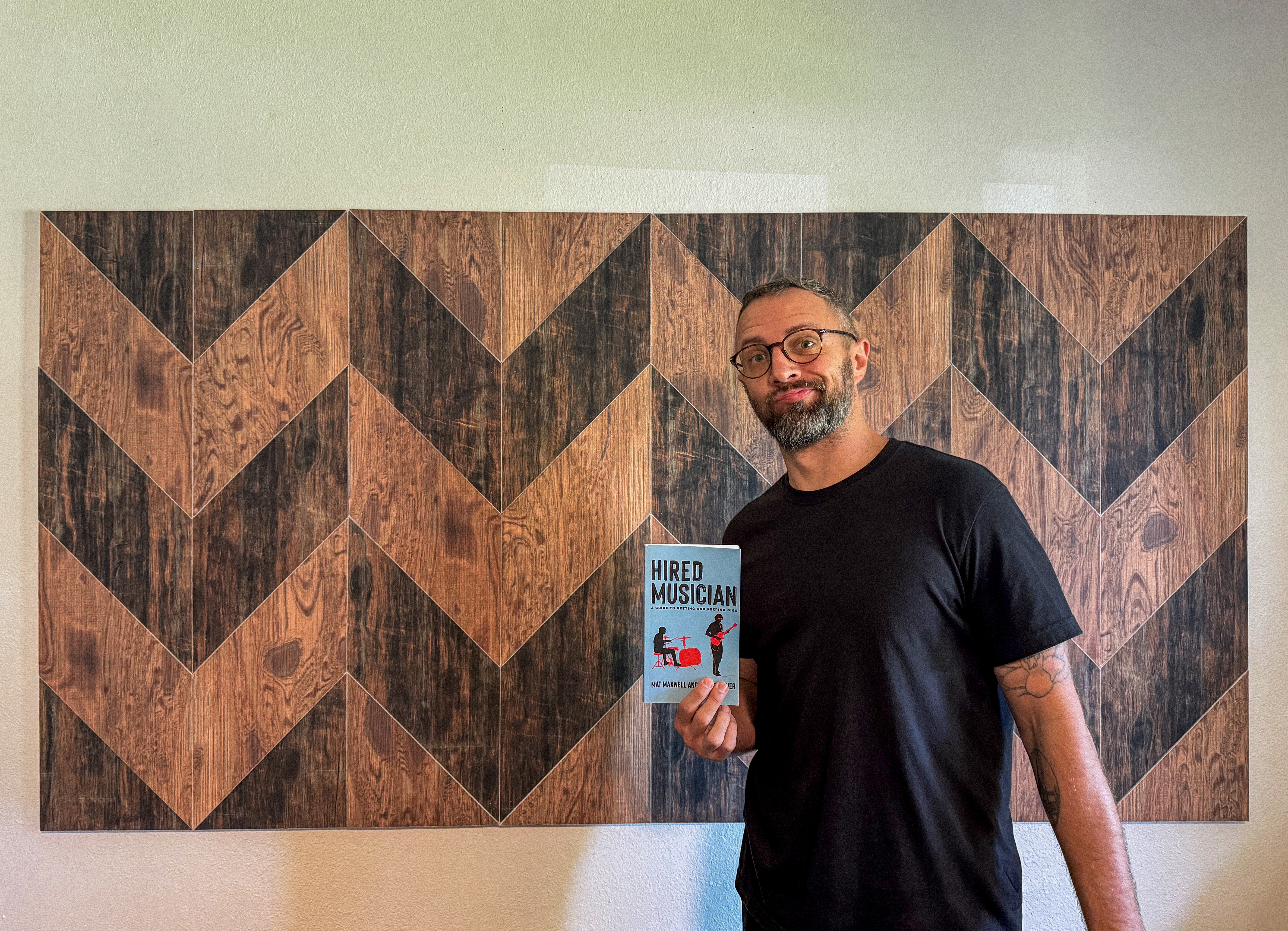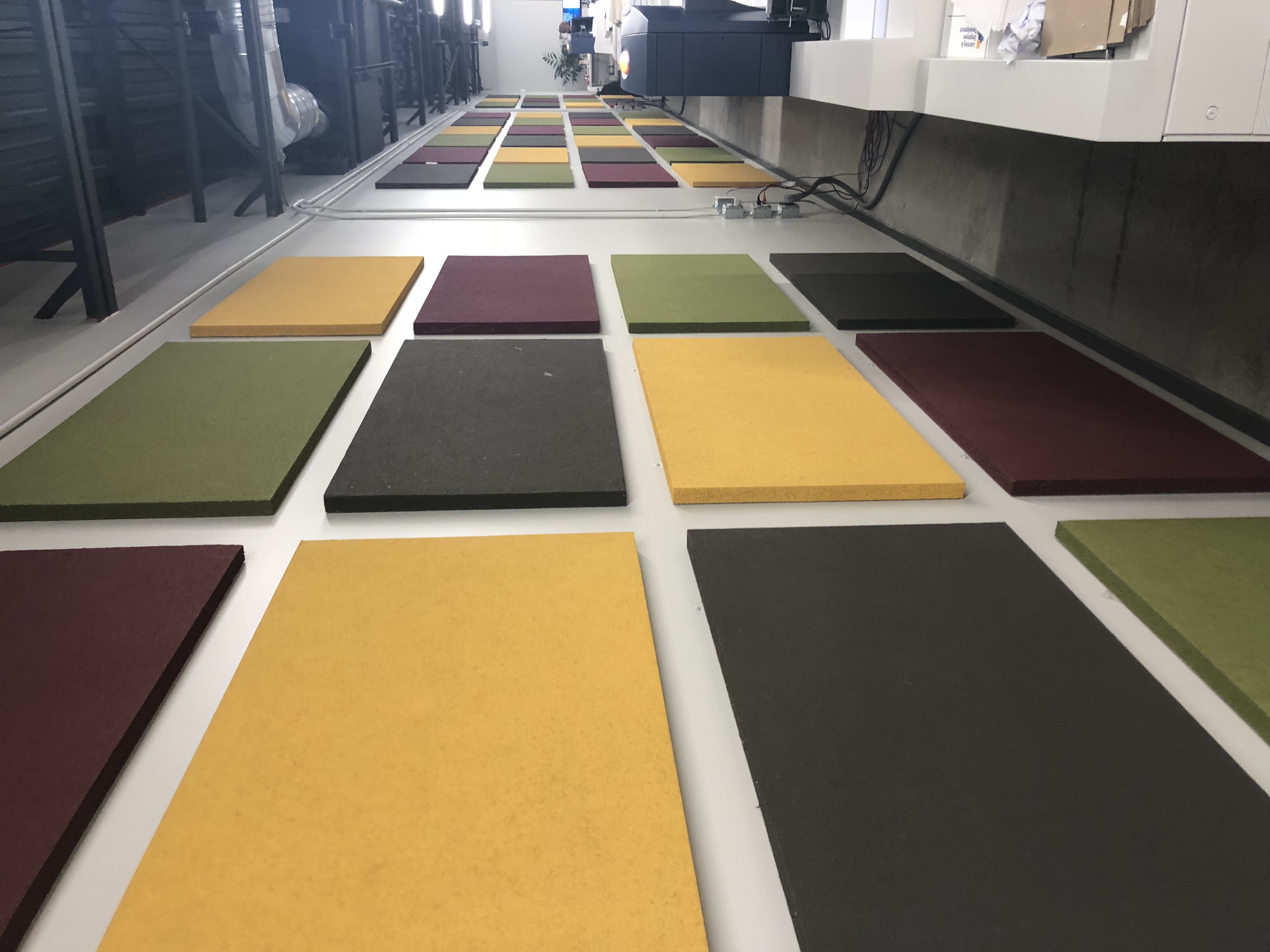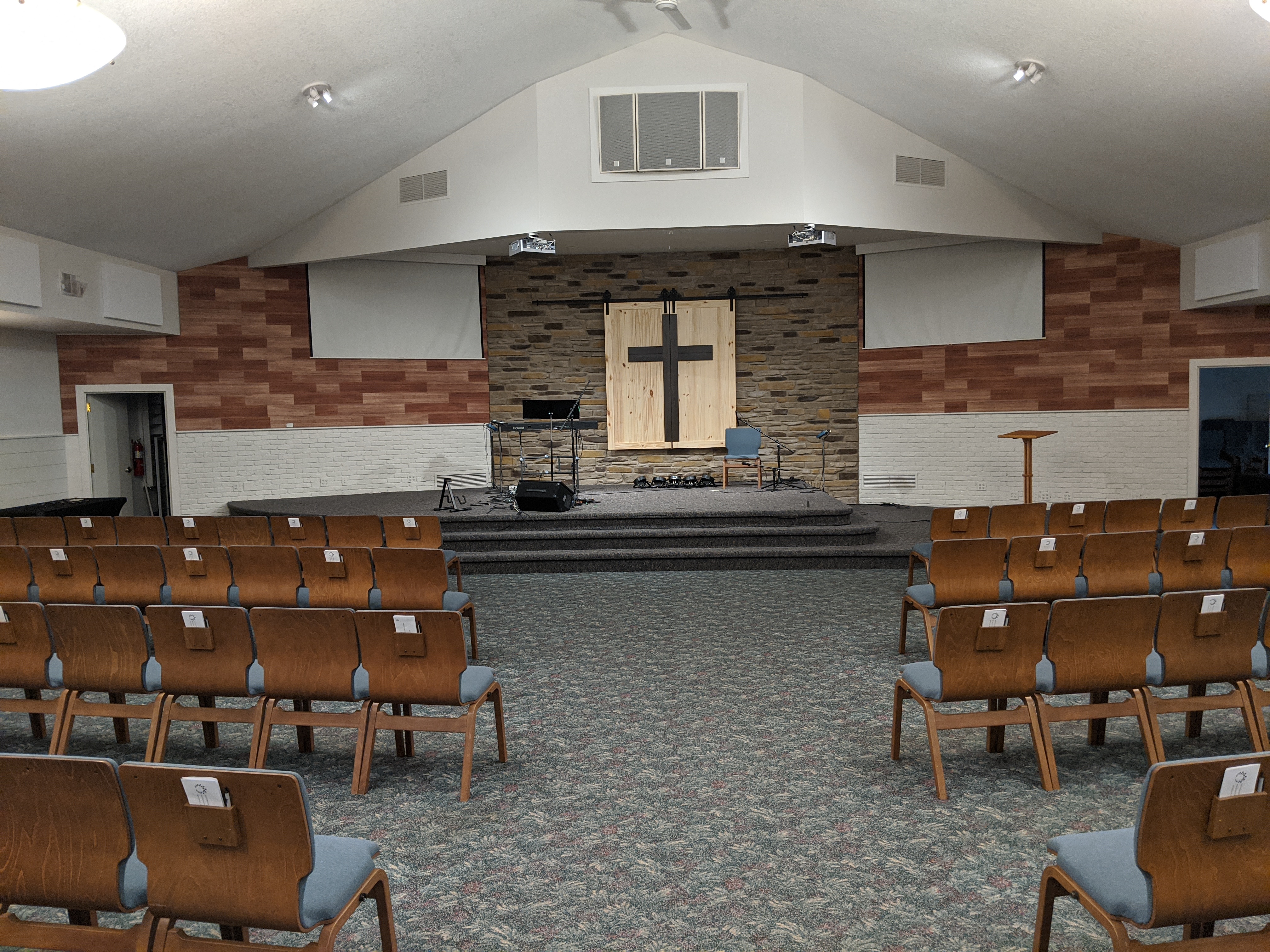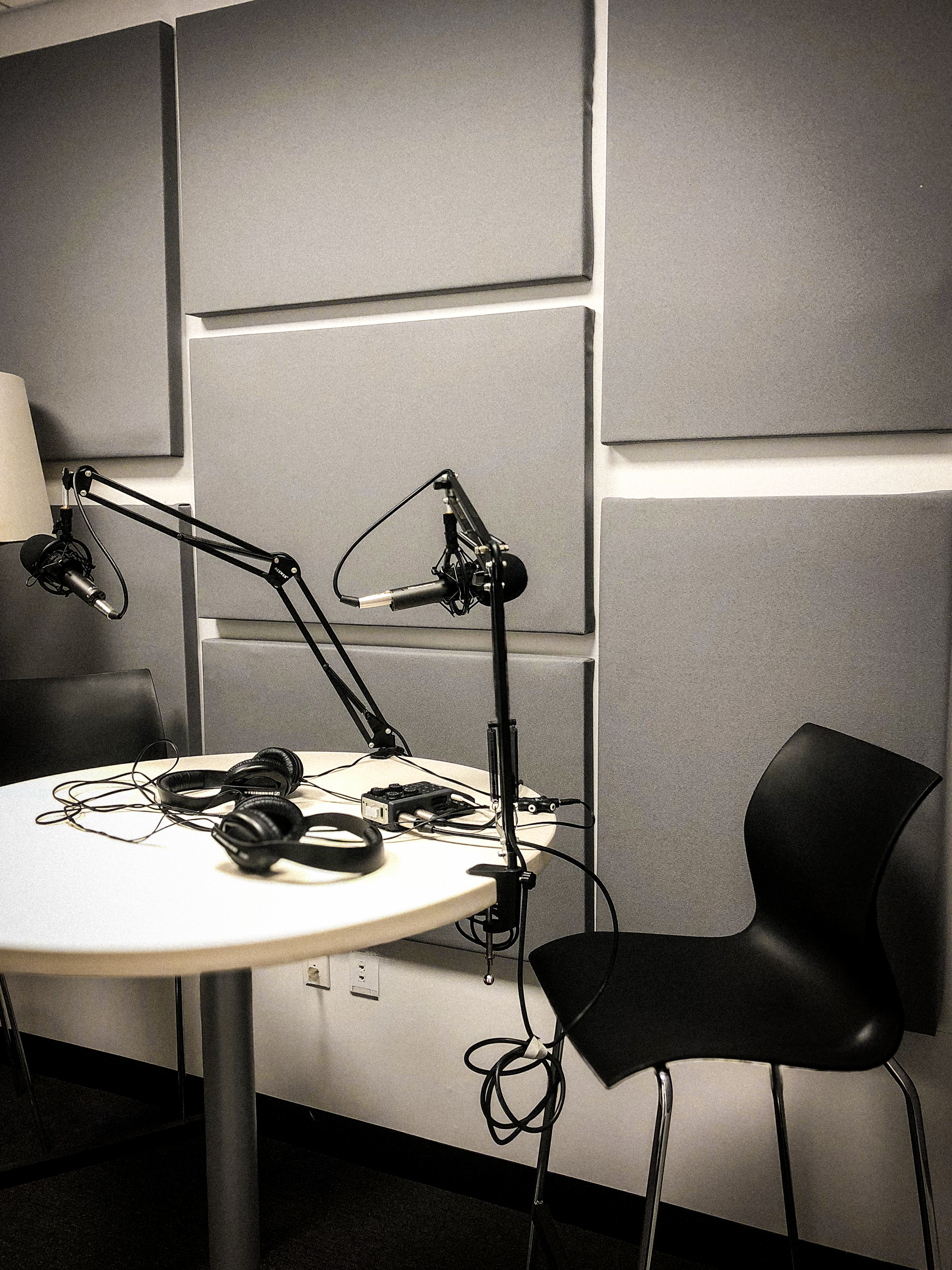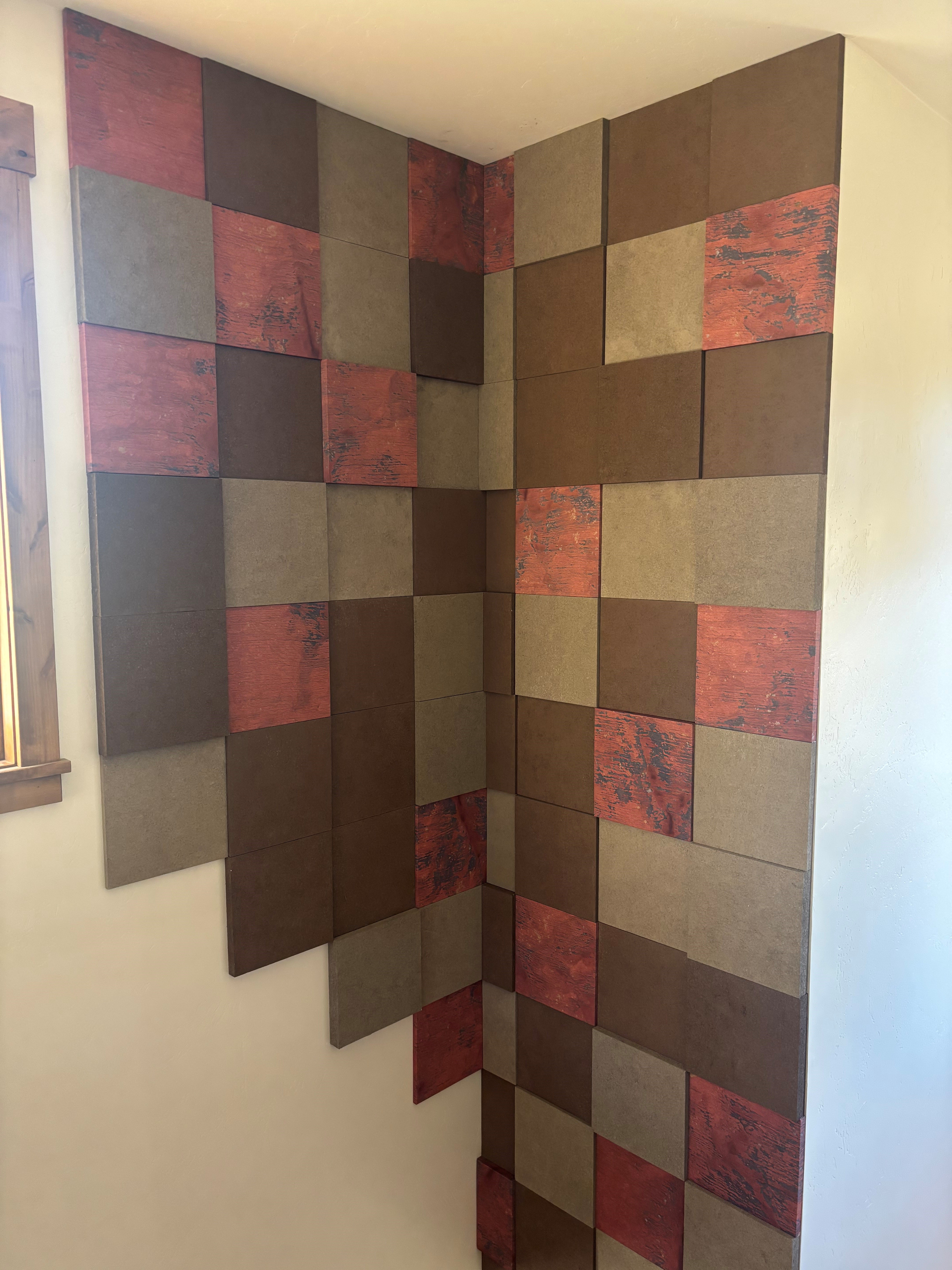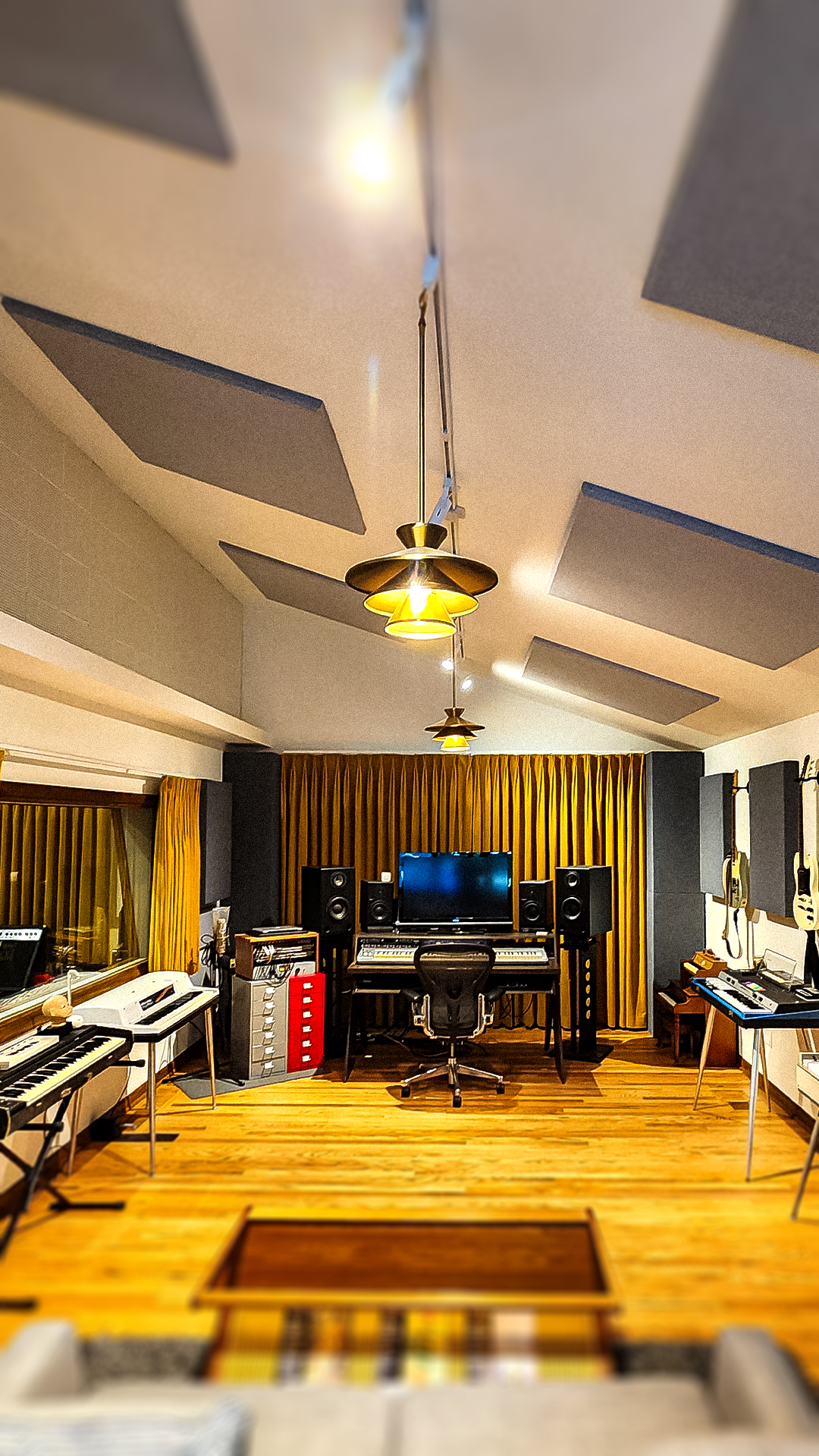Why Your Classroom Needs Good Acoustics
- Aug 7, 2025
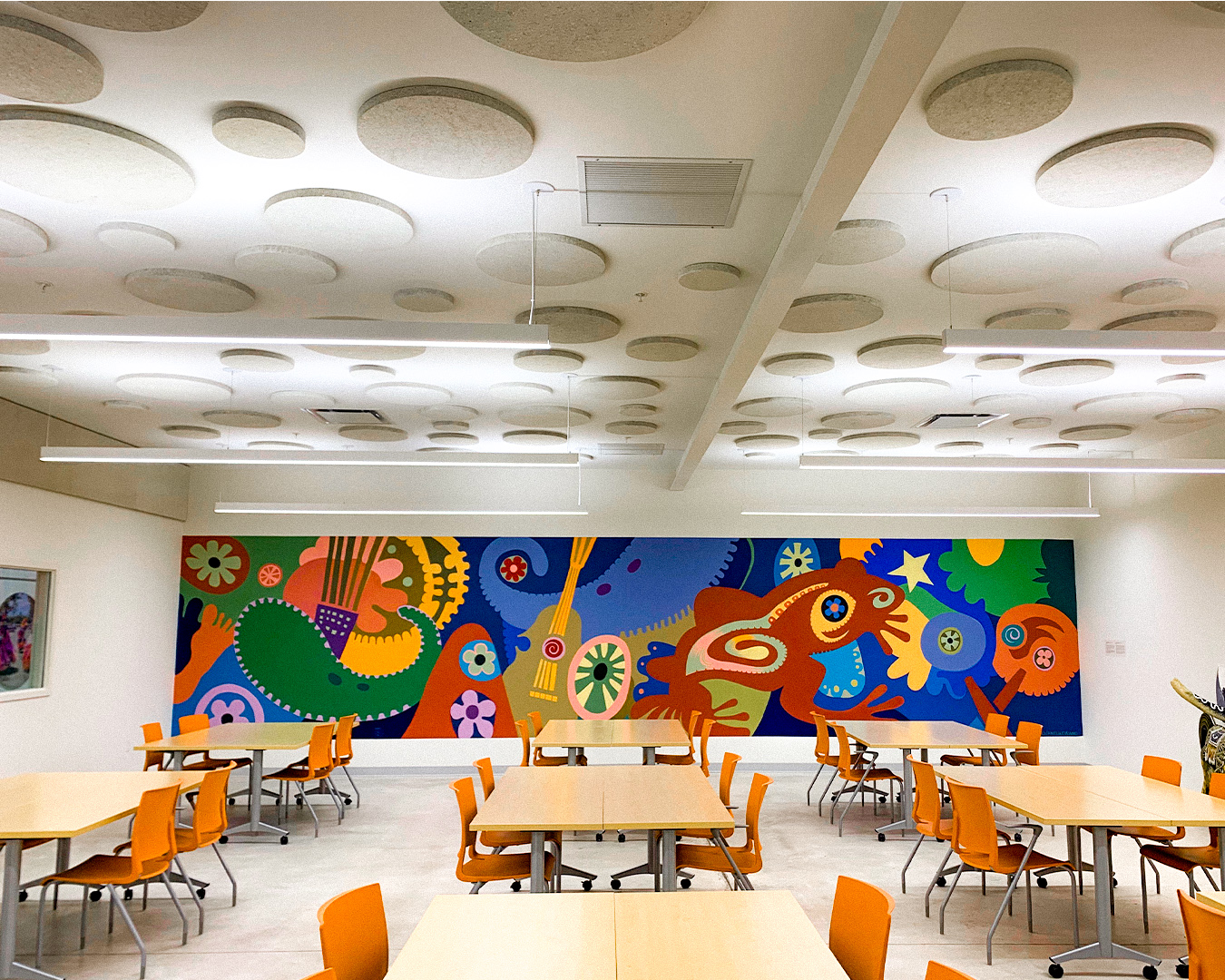
With school back in session, many teachers and educators are paying close attention to how their classroom environment impacts the students: from lighting to desk arrangement to decor, all sorts of visual elements play a big role in creating a classroom conducive to learning.
But something often forgotten about is the importance of good sound in a classroom. Let's take a look at classroom acoustics and why they should be addressed sooner rather than later.
What Causes Bad Acoustics in a Classroom?
Most schools and universities are built from highly reflective materials such as concrete, brick, and drywall — good for durability and cleanliness, but bad for acoustics. Elsewhere, the spacious common areas and open-layout classrooms found in many modern schools allow sound to travel freely without getting blocked by walls or partitions. Overcrowded classrooms and noisy, outdated HVAC systems also add to the acoustic woes.
How Do Bad Acoustics Impact Students?
If a classroom hasn't received a proper acoustic treatment, students are more likely to struggle with concentration and information retention.
The science backs it up: a 2021 study published in Frontiers in Built Environment found that excessive noise levels and reverb in elementary school classrooms correlated with lower math and reading scores, while a 2022 study from the Acoustical Society of America said students can miss up to 25% of information in a classroom due to poor acoustics.
Even at the preschool level, acoustics play a role: excessive reverb and noise in a preschool classroom can negatively impact speech intelligibility, listening comprehension, and behavior.
Simply put, a student's cognitive skills, academic performance, and emotional well-being can suffer when acoustics don't make the grade. That's not even taking into consideration how bad acoustics in a classroom can impact the teacher, who may strain their voice to be heard.
How Do I Fix the Sound in My Classroom?
Any acoustic solution will help significantly: we particularly like Fabric Acoustic Panels because they are durable and bleach-cleanable (making them perfect for high-traffic areas in a school like the hallway or cafeteria). Custom Image Acoustic Panels are a great way to add a touch of school spirit to your acoustic solution, while ceiling clouds, baffles, and direct mount tiles are excellent sound absorption options for areas with limited wall space, like classrooms, gymnasiums, auditoriums, and common areas.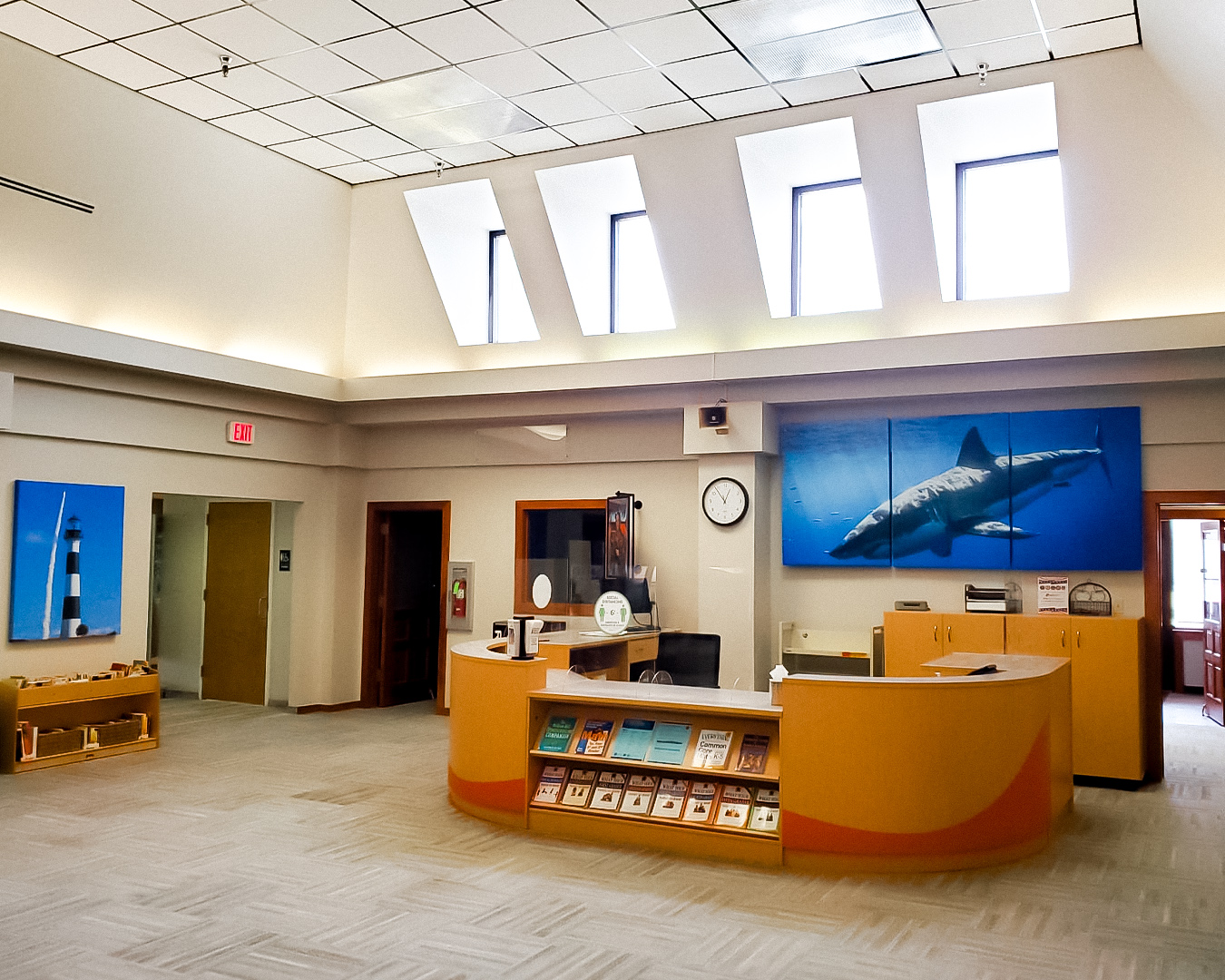
Let's eliminate the echo so we can focus on the education!


